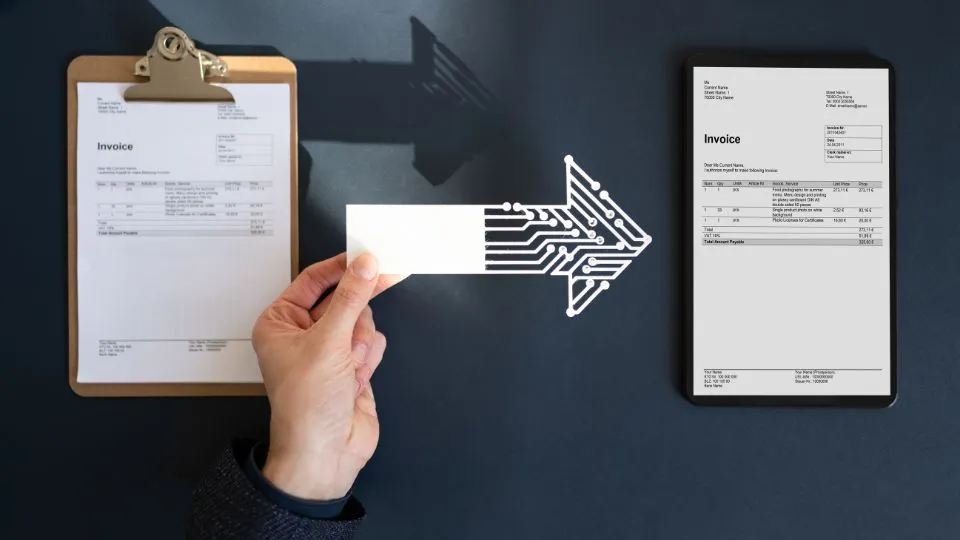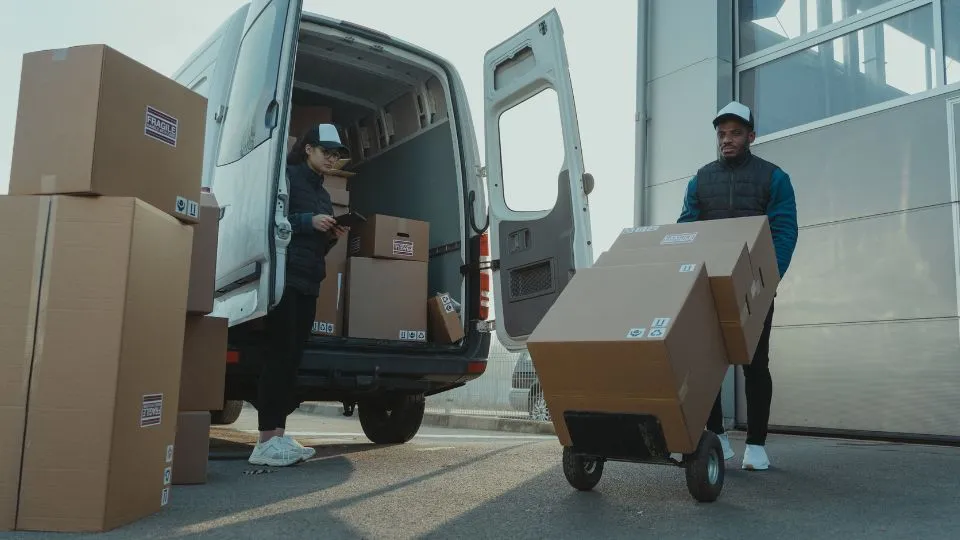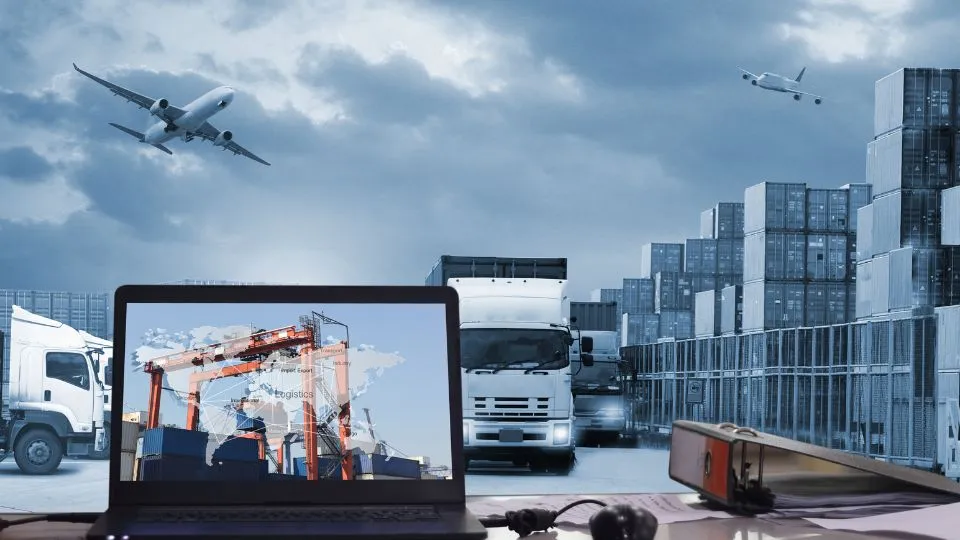Imagine, you’re running a company that deals with international shipping of different goods. Wouldn’t you be worried if you don’t get any update about the shipment for days? The last thing you’d want to hear is the shipment is nowhere to be found or lost altogether. This is where freight tracking systems come into play.
Freight Tracking Systems provide real-time information about the exact location of the shipment, so you’re always in control—no guessing game, no surprises.
With the increasing demand for real-time visibility and efficient delivery, this is an invaluable tool for the success of any business.
In this article, we’ll discover how freight tracking systems are driving efficiency, and reshaping the future of global supply chains.
Let’s find out!
What are Freight Tracking Systems?
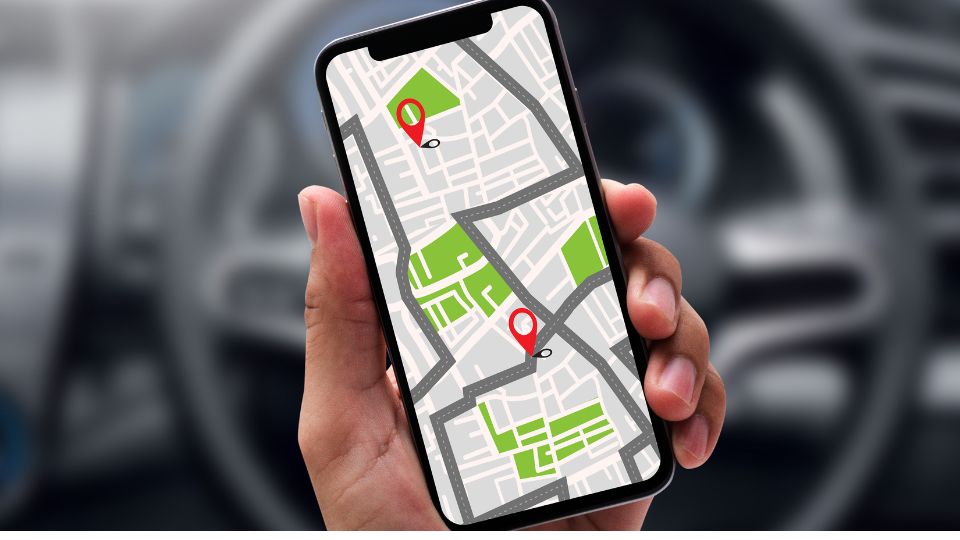
Freight tracking systems are digital tools used to monitor your shipments and their real-time movement. These systems act as a virtual window for your shipments, as they move from one port to another. They provide information about the exact location, condition, and status of your goods.
Before, going deep into the world of freight tracking systems, let’s try to understand how these tracking systems work.
How do Freight Tracking Systems Work?
Freight tracking systems collect and transmit data from satellite networks to centralized systems to collect real-time data.
In other words, these tracking systems continuously collect data from GPS devices, RFID tags, and IoT sensors. The satellite networks then transfer this data to centralized systems. The system then converts the data received into valuable insights.
This information is presented in the form of detailed dashboards and interactive maps or through instant alerts on a digital platform or mobile app.
To understand the process better let us take a closer look at the various components of freight tracking technology.
1. GPS and IoT Technology
GPS technology identifies the exact location of vehicles and shipments. GPS devices on trucks or containers use satellite networks to determine exact coordinates, which are then sent to central servers.
Furthermore, IoT sensors pair with GPS to check storage conditions and identify possible damage, or unauthorized entry. For example, humidity sensors are used to safeguard goods that are sensitive to moisture.
Together, GPS and IoT provide a complete view of the freight’s location and condition.
2. Integration with Transportation Management Systems (TMS)
This integration creates a smooth flow of information across the supply chain. The system automatically tracks and shares data on real-time traffic and weather conditions.
Based on the data received, you can improve your inventory and streamline your documentation and compliance process.
3. Real-Time Updates and Monitoring
This feature allows the tracking systems to calculate accurate estimated time of arrival (ETA). You can also get instant alerts and receive data for any delays or rerouting of shipments, when necessary. This real-time monitoring keeps you informed and allows for quick action.
John Langley Jr., a well-known professor of Supply Chain Management at Penn State University, once said:
“In the digital age, real-time freight tracking isn’t just about knowing where your shipments are – it’s about transforming that knowledge into actionable insights that drive efficiency, cut costs, and delight customers.”
That being said, let’s find out how you can benefit from freight tracking systems.
Benefits of Freight Tracking Systems

1. Improved supply chain visibility
- You can optimize shipping routes and allocate resources more effectively.
- Monitor the location of your shipment at any time.
- Identify delays quickly and manage rerouting plans accordingly.
2. Enhanced customer experience
- Allows you to track the cargo independently, reducing the need for constant inquiries.
- Provide accurate ETAs and resolve your issues quickly.
- Get information about any lost goods or delays.
3. Reduction in lost or delayed shipments:
- Set up to receive instant alerts for any changes in the planned route.
- Locate the lost goods and make a plan for its immediate recovery.
- Identify factors that lead to delays or loss of goods.
4. Better decision-making through data analytics:
- Get performance reports and identify the latest trends.
- Analyze and predict various issues before they occur.
- Create strategic plans for inventory and route.
- Selecting the best carrier option for your shipment.
Now that you are familiar with freight tracking systems and their importance, let’s look at how you can choose the right solution for your business.
How to Choose the Right Freight Tracking System?
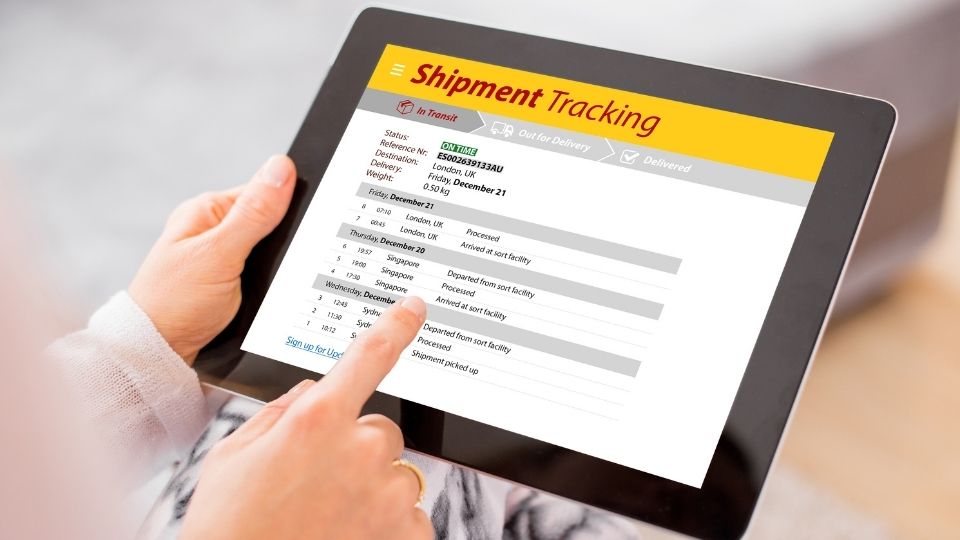
1. Analyze Your Needs
Start by evaluating the number or volume of your shipments. Determine whether you need tracking features for domestic, international, or global shipping. To ensure the systems can meet your requirements, make sure that you have all the details of the goods in the shipment.
2. Evaluate Key Features
Choose a system that allows real-time tracking besides predicting reliable ETAs for your shipments. Make sure that it sends instant alerts and notifications for any delays during transportation.
3. Consider Integration Capabilities
Evaluate the tracking solution for their connectivity with your Enterprise Resource Planning (ERP) and Transportation Management System (TMS) systems. Also, find out if it supports APIs for better custom integrations.
4. Examine User Interface and Accessibility
A user-friendly interface is essential. Examine the system is easy to navigate and offers responsive web design, allowing access from any device.
5. Scalability and Customization Options
Check whether the system can manage tracking for a large shipment. Verify if it allows users to customize the dashboard. Also, examine if it offers regular upgrades to support new and existing features.
6. Evaluate Customer Support
As the saying goes – A Happy customer makes a happy business.
Look for solutions that provide 24/7 customer support and channels via phone, email, or chat. Determine how quickly they address customer inquiries.
Additional training sessions or demos for your team would always be a plus before you opt for full-blown implementation.
7. Cost considerations for Small vs. Large Businesses
Understand the pricing structure including shipment volume, monthly subscription fees, and other charges. Try to find out if the system charges extra for GPS devices or sensors before installation. It may come as a surprise if the installation of the system crosses your budget limit.
For example, consider the system’s flexibility to support various services, along with the total cost of ownership if you are dealing with a small enterprise.
On the other hand, while managing large shipments, you can evaluate their integration costs and advanced analytical features before making a decision.
8. Check References and Reviews
Try to gain more information about the freight tracking system before choosing one. Read customers’ reviews, feedback, and case studies to learn more about how the system has supported other businesses. This can help you make a more informed decision.
Conclusion and Future Trends
It’s hard to imagine modern logistics without freight tracking systems. These systems not only offer better visibility but also ensure the business runs smoothly and efficiently.
Advanced technologies including AI, IoT, and blockchain, are revolutionizing GPS tracking solutions. Blockchain, in particular, improves security, streamlines paperwork, and makes collaboration a smooth sailing experience.
Ultimately, the future of freight tracking depends on how you use the data available to create smart and sustainable logistics strategies.
Did you know that Freight Forwarding Software such as SeaRates ERP offers the ability to track shipments in real-time?
If you’re interested in finding out more about SeaRates ERP, click here to get in touch.
Frequently Asked Questions
1. How do freight tracking systems work?
Freight tracking systems use GPS devices, RFID tags, and IoT sensors to collect real-time location data for the shipments. Cellular or satellite networks transmit this data to central servers for further analysis. The information is then displayed on user-friendly interfaces of businesses, in the form of notifications, instant alerts, or interactive maps.
2. Can freight tracking systems integrate with existing logistics software?
Yes, most modern shipment tracking systems are designed to integrate with existing logistics software. Many systems have pre-built connectors, which allow smooth integration with tools such as Transportation Management Systems (TMS), Enterprise Resource Planning (ERP) systems, Warehouse Management Systems (WMS) and Customer Relationship Management (CRM).
3. What features should I look for in a freight tracking system?
When choosing the right cargo tracking system, make sure to consider the following key features:
- Real-time tracking and visibility
- Multi-modal tracking capabilities
- Predicting ETAs using AI
- Customizable alerts and notifications
- Analytics and reporting tools
- Integration capabilities with existing systems
- Temperature monitoring for sensitive cargo
- User-friendly interface and customization options
4. How can freight tracking systems help improve sustainability in logistics?
Freight tracking systems contribute to sustainability by providing data on optimized routes. This helps in reducing fuel consumption and emissions. The system also allows digital documentation which in turn helps in minimal use of paper. Furthermore, it offers valuable data to help businesses make eco-friendly decisions.




